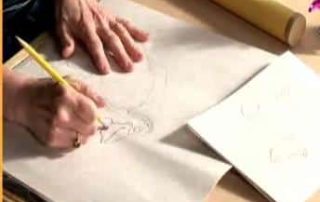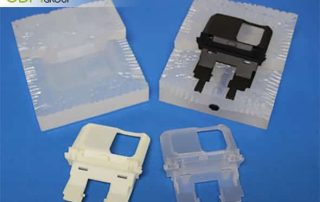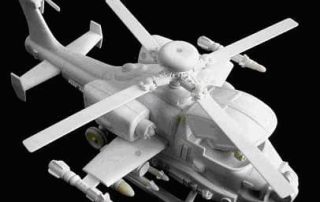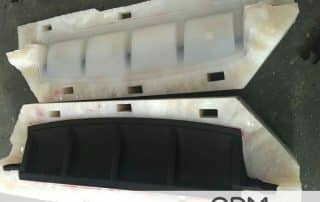Prototyping is one of the Final stages of the design process. It is when product designers create an experimental model of the finished product. They hypothesis details of a product according to the client’s requirements. This is done to conceptualise a realistic plan prior to executing the end product. Forms of prototyping include: drafting storyboards, making clay moulds, making plastic moulds, creating digital prototypes, vacuum casting with silicone moulds and more. ODM recommend creating digital Prototypes … here is why!
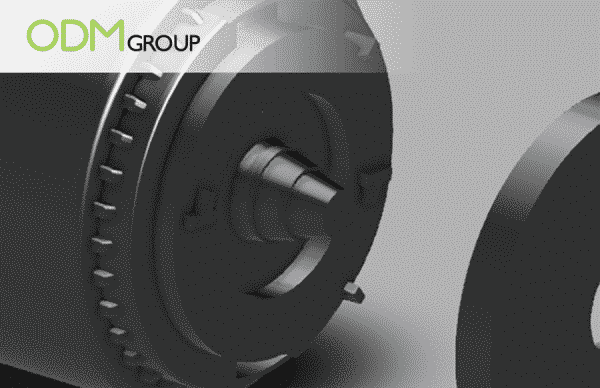
Digital Prototyping
What is Digital Prototyping?
It is the process of exploring design ideas by creating Three-Dimensional Interactive online product models so the production team can experience it themselves. When sketches of a product have been completed, you can digitise them using online software.
Marketers use digital prototyping to create products prior to manufacturing. This is because it gives product development teams a way to access operation of moving parts, determine whether a product will fail and see if product components interact with subsystems by simulating and validating real life performance of product design digitally. This also helps manufacturers reduce number of physical prototypes before a product needs to be manufactured- Ultimately reducing cost and material needed for prototyping moulds.
Digital prototypes take different forms, such as: working samples, creating models or simulations of a digital product or service. You can use different software that allow you to test the 3D prototype like it was a real life sample product. For example, you can measure the product as shown in the image below…
Why use digital prototyping?
- To save money on costs associated with prototyping a real product
- To ensure the design stage is as short as possible, so product reaches clients faster
- So you can easily and safely store prototypes.
- So members of the collaborative team can always access the prototypes
- To create a highly accurate model of how the real production will turn out
- To create more tests quicker if an idea fails in contrast to manufacturing different prototypes in factories
Overall, it allows companies to meet design objectives such as: maximising output, being energy efficient and speed/cost effective.
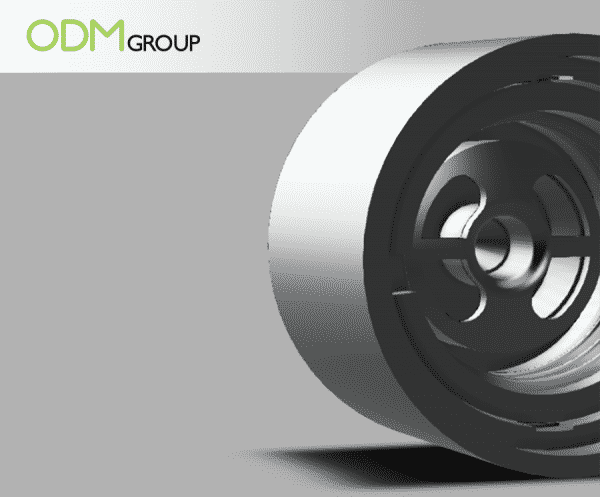
Digital Prototyping
Questions to ask yourself prior to prototyping
- What is my budget?
- What am I testing for?
- How long do I have to make this product?
- What are my end goals?
- Who is the audience?
- What material for the product will I be using?
- Are the materials used cost-effective?
- What can customers use the product for?
- What digital prototyping software am i going to use?
- Can everyone from the production get access to the prototype?
These questions can be overwhelming to ask yourself without the assistance from expert designers and manufacturers. That’s where our ODM Services can help. Our team specialises in each stage of production – So don’t hesitate placing an inquiry with us today!
We also work hard to deliver high quality promotional product designs, custom promotional merchandise, and custom promotional giveaways for business.
Read these blogs to find out more about the initial stages of product development
Learning the design process is very important. This is because it deciphers whether the idea will make sales when put in the market. Thats why you should read the blog below to be more equipped with the right plan for your next product!
Members for the ODM team travelled to Dongguan to get an in-depth understanding of the process involved when making prototype moulds for figurine products. If this interests you, then check out the blog below!
This blog provides readers with a thorough description of how to plan out their initial developed concept. This is the first practical step in developing a prototype. So click below to learn more!
